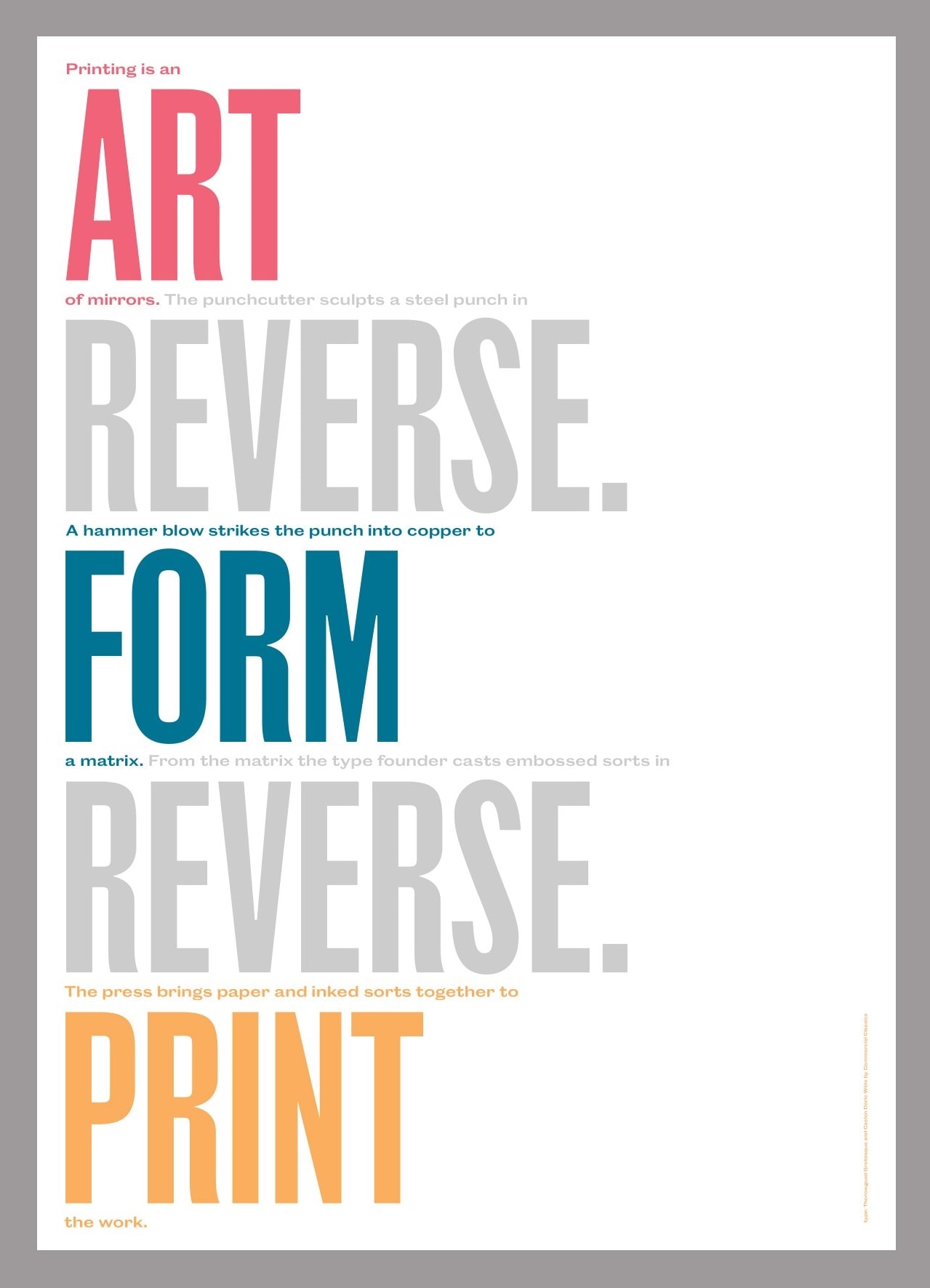With emoji everywhere you might care to look, a nagging question remains unanswered. What are emoji? Are they a language, whatever that means? A pictographic script in the manner of hieroglyphics or Chinese characters? Or are they something else entirely? In this post we examine how emoji are, and aren’t, used, and what that might tell us about the nature of emoji as a whole.
Bearing in mind that I am very much not a linguist, let’s nevertheless start with the biggest of these questions: are emoji a language? To answer it, we first need to define what a language is. Oxford Dictionaries offers the following:
The method of human communication, either spoken or written, consisting of the use of words in a structured and conventional way.1
Taking this definition step by step, emoji meet the first clause — “The method of human communication” — without breaking a sweat. We’re all humans here and at this point in time, a full twenty years since emoji first came into being, it is not a great stretch to claim that that we use them to communicate amongst ourselves. Equally, it goes without saying that if emoji are to be “either [a] spoken or written” language then they must be a written one. Emoji were born as visual symbols and, aside from their workmanlike Unicode names, they have no direct verbal equivalents. So far, so good.
Finally, though, can we be confident in declaring that emoji constitute “words [used] in a structured and conventional way”? This is less clear cut. If we assume that each individual emoji constitutes a word (by no means a settled assumption), consider how I might explain that I, 😠, am to squirt you, 😨, with a 🔫. Do we write that from left to right (😠🔫😨) as we would with words, or from right to left as the direction of the water pistol would suggest (😨🔫😠)? Equally, can we say for sure that ‘🔫’ is a verb rather than a noun? If a verb, is it in the simple future tense? The simple past? Or, God forbid, the pluperfect? Without some kind of grammar, none of these questions is easily answered.
If we turn from grammar to semantics, we run into yet more problems. Does ‘🔫’ mean “water pistol” in particular rather than “gun” in general? Do you, the reader, even see a water pistol rather than a real gun? Most major emoji vendors have replaced the latter with the former in recent years, so that even the most basic atoms of any putative emoji language are subject to change with warning.2 If emoji are a language, it is one that somehow functions without either a regular grammar or an agreed vocabulary.
